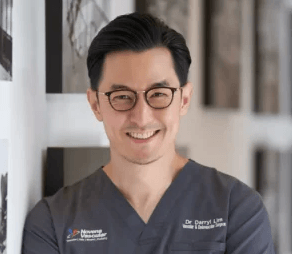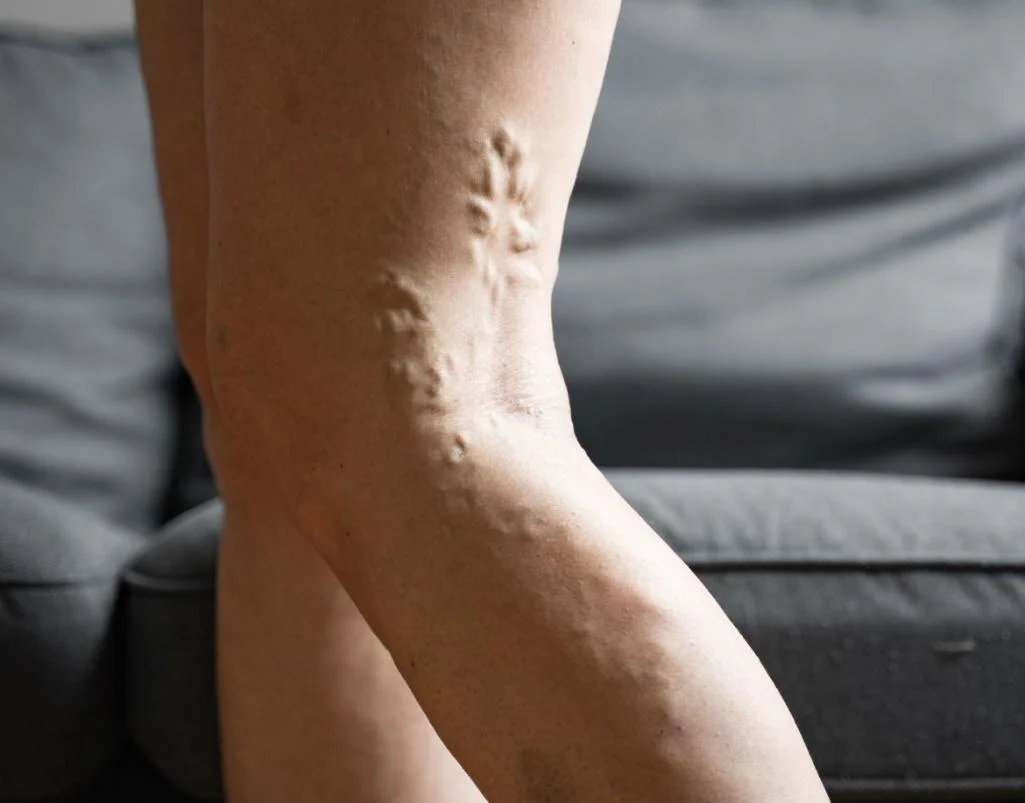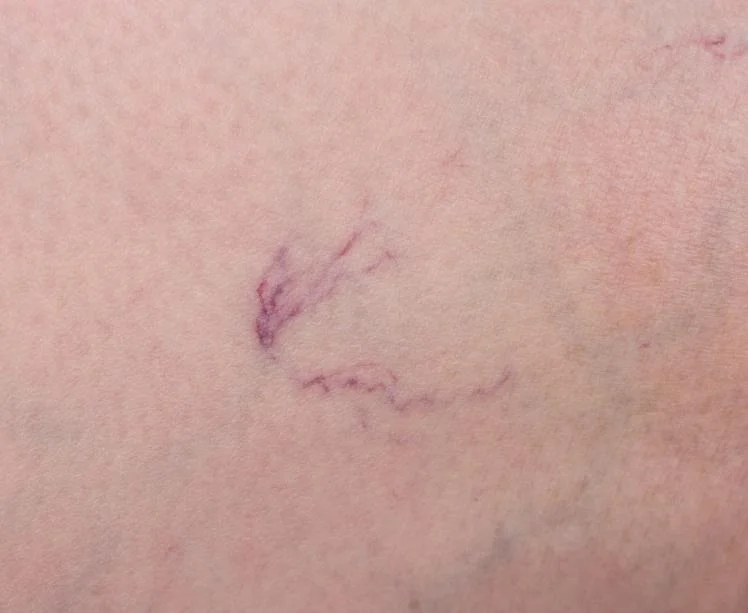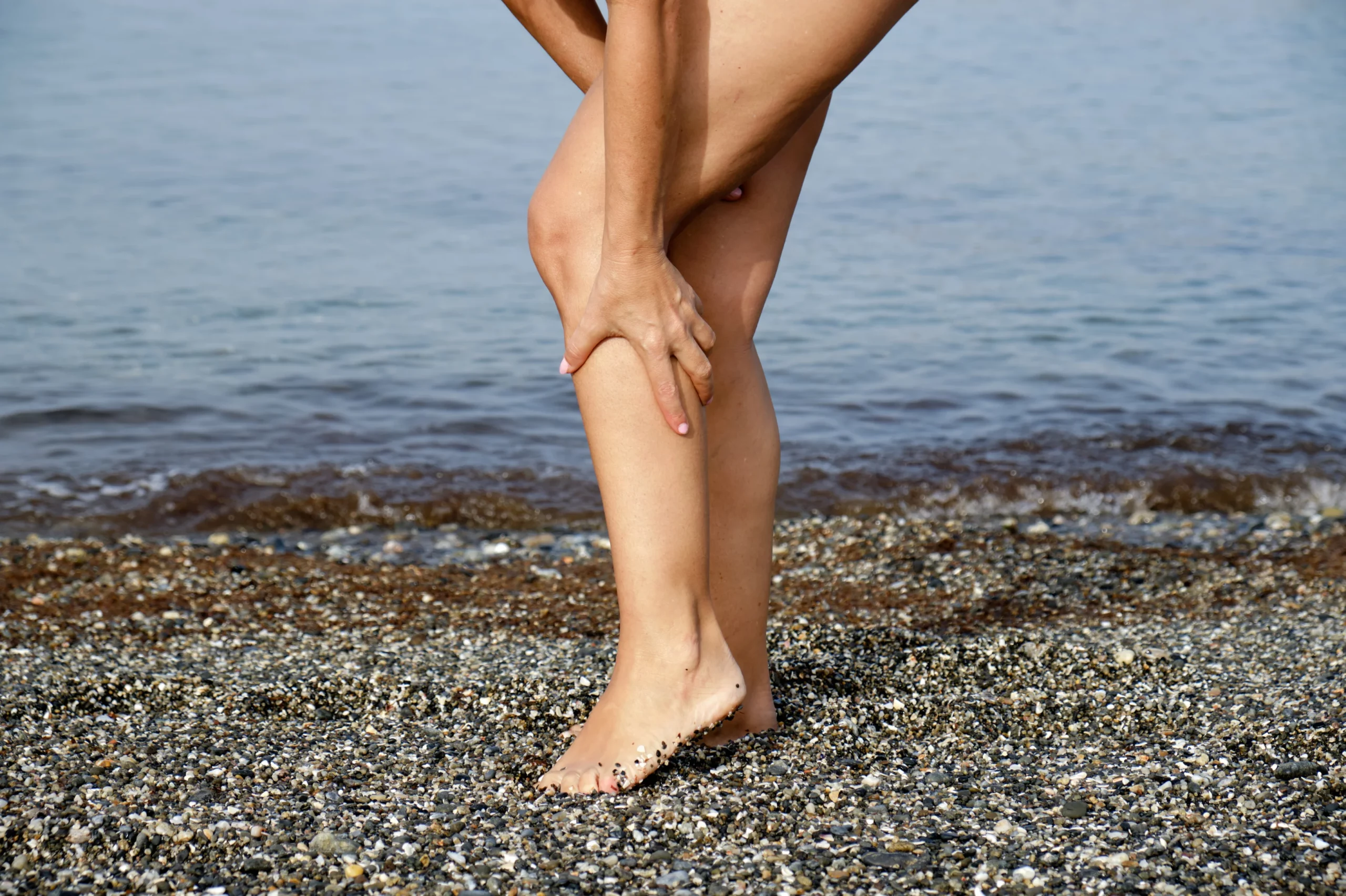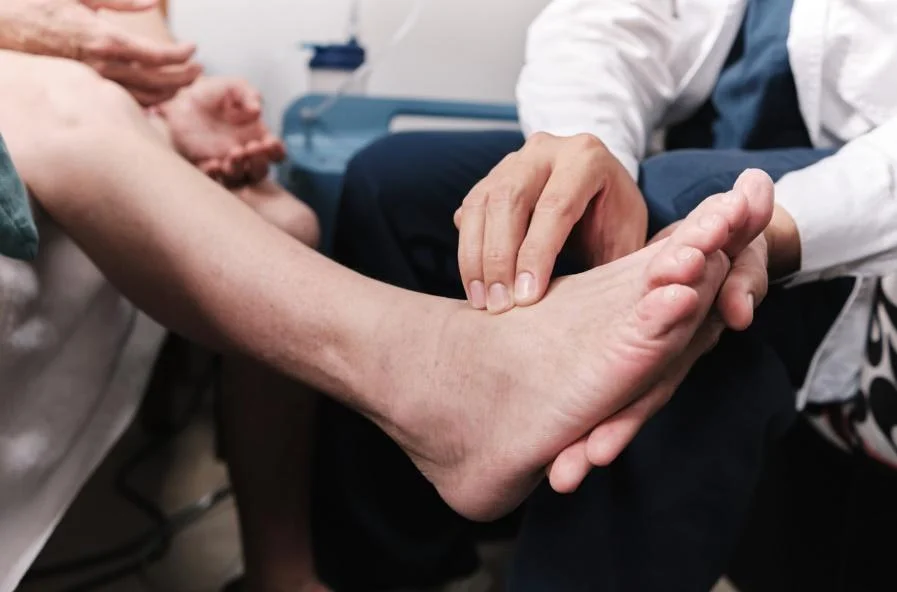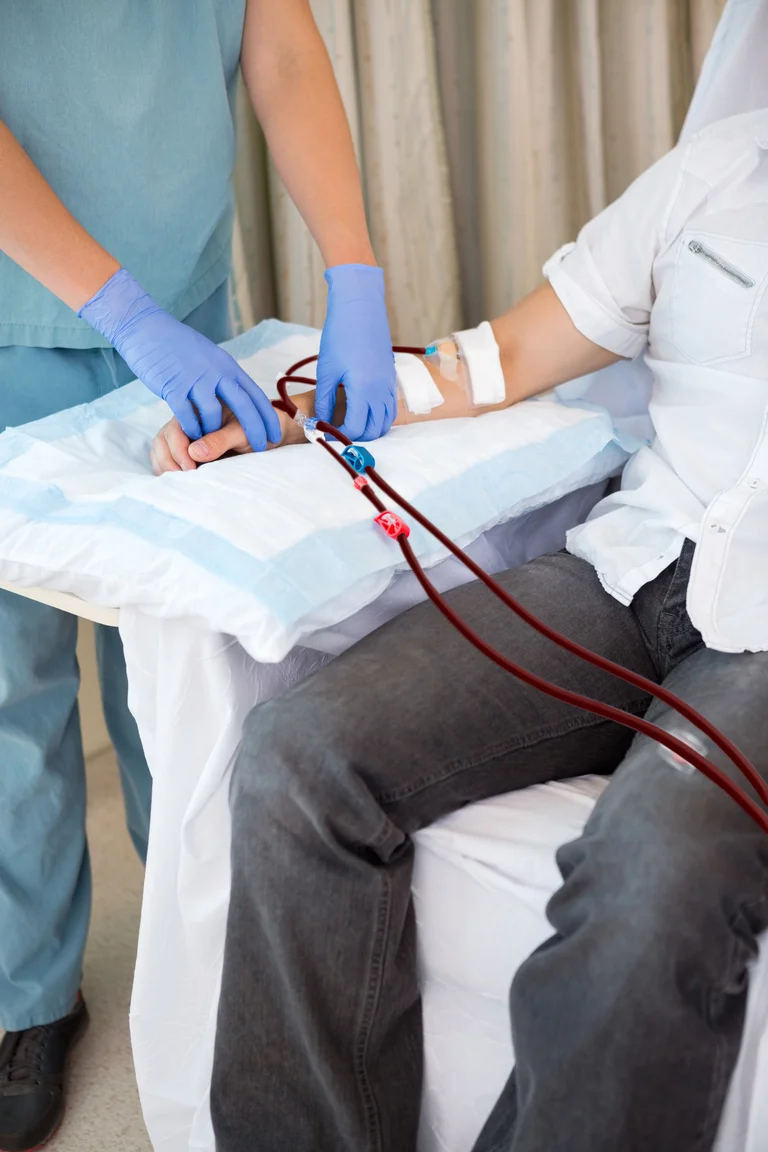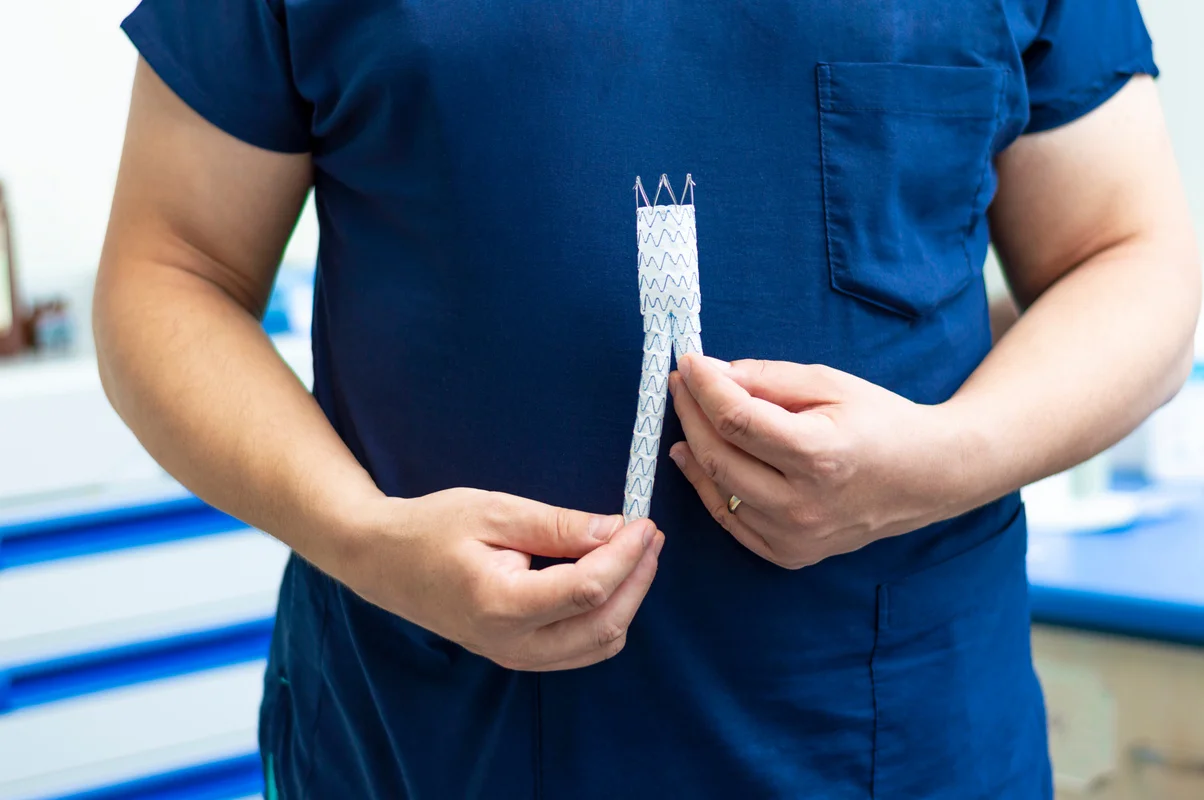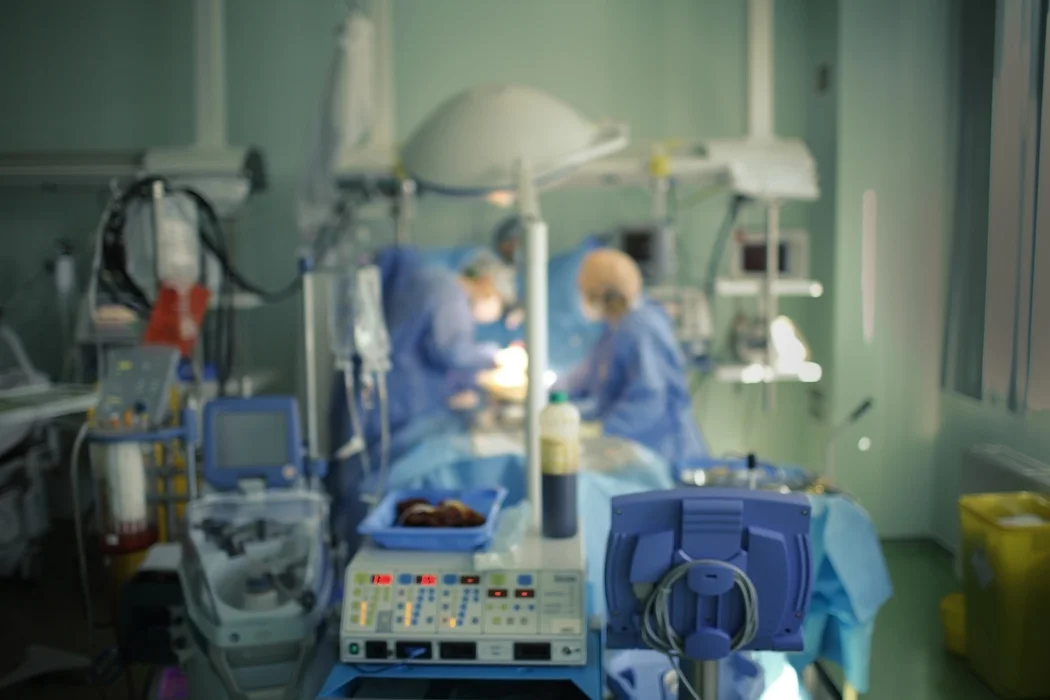Negative Pressure Wound Therapy (NPWT), also known as Vacuum-Assisted Closure (VAC) therapy, is an advanced wound care technique that significantly aids in the healing process of various types of wounds. This innovative therapy leverages controlled negative pressure to speed up wound closure, minimize the risk of infection, and foster the growth of healthy tissue.
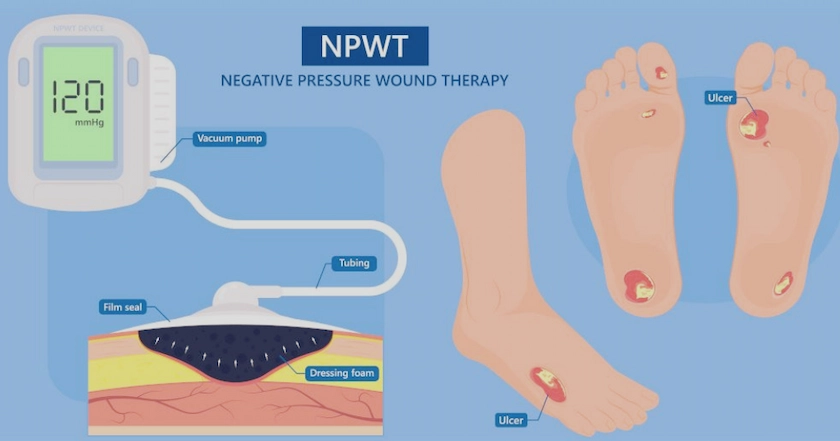
How NPWT Works
At its core, NPWT involves using a vacuum pump to create a negative pressure environment over the wound. The wound is first covered with a special dressing, which is then sealed with an adhesive film. This setup removes excess fluid and exudates, keeping the wound area clean and dry. It enhances blood flow to the wound, ensuring that essential nutrients and oxygen are delivered to the site, thus promoting faster healing. NPWT also reduces the bacterial load, lowering the risk of infection, draws the wound edges together, effectively reducing the wound size, and stimulates the growth of granulation tissue, which is vital for the formation of new, healthy skin.
Components of an NPWT System
An NPWT system consists of several key components. The dressing, usually foam or gauze, is placed directly over the wound. This is then covered with an adhesive sealing film to create an airtight seal. A drainage tube connects the dressing to the vacuum pump, which can be a portable device operating either continuously or intermittently.
Suitable Wounds for NPWT
NPWT is versatile and can be used for various wounds. It is particularly beneficial for acute surgical wounds, helping patients recover more quickly after surgery. It is also effective for traumatic wounds, providing crucial support for managing complex injuries. For those with chronic wounds, such as venous ulcers and diabetic foot wounds, NPWT offers a valuable treatment option. It is also used in treating pressure ulcers, aiding in the healing of bedsores, and supporting the integration and survival of skin grafts and flaps.
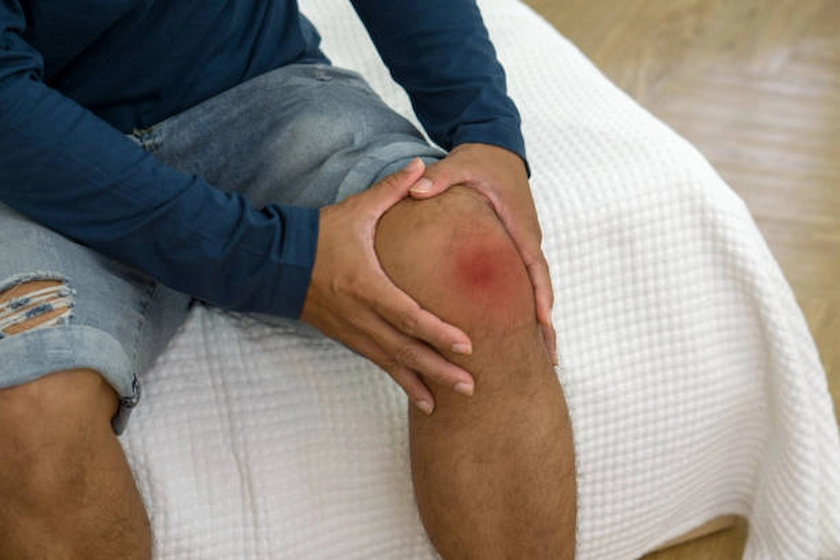
Unsuitable Wounds for NPWT
However, NPWT is not suitable for all types of wounds. It should not be used for wounds with exposed blood vessels or nerves, infected or necrotic wounds, or wounds with inadequate blood supply.
Risks Associated with NPWT
While NPWT is generally safe, there are some risks. Patients might experience bleeding from the wound site, particularly if the negative pressure is too high or if the wound is near a major blood vessel. Skin irritation or injury from the adhesive film is also possible, especially in patients with sensitive skin. Moreover, there is a risk of infection if the dressing is not changed properly or timely. However, these risks can be minimized with proper application and monitoring by trained healthcare professionals.
Benefits of NPWT
The benefits of NPWT are numerous. It significantly accelerates the healing process, leading to faster wound closure and tissue regeneration. By lowering bacterial colonization through fluid removal, it reduces the risk of infection. Patients often experience a decreased hospital stay, as NPWT allows for effective home-based care. Additionally, it is cost-effective, reducing the need for frequent dressing changes and lowering overall treatment costs. Importantly, NPWT is often more comfortable for patients, causing less pain and discomfort compared to traditional dressings.
Procedure and Aftercare
The NPWT procedure begins with the preparation of the wound, which involves cleaning it thoroughly and applying a foam or gauze dressing. The dressing is then sealed with an adhesive film to create an airtight environment. A drainage tube is attached to the dressing, connecting it to the vacuum pump, which is then activated to apply negative pressure. Aftercare is crucial and involves regular dressing changes, monitoring for signs of infection, and ensuring the vacuum pump is functioning correctly. Patients should adhere to their healthcare provider’s advice on wound care and lifestyle adjustments to support the healing process.
Conclusion
Negative Pressure Wound Therapy represents a significant advancement in wound management, offering improved healing outcomes for a wide range of wounds. For individuals experiencing chronic or complex wounds, NPWT can be a transformative treatment option. Regular check-ups, proper wound care, and adherence to medical advice are crucial to maximizing the benefits of NPWT.
Dr. Darryl Lim is one of the few doctors in Singapore accredited as a Certified Wound Specialist Physician (CWSP) by the American Board of Wound Management. He is highly experienced in minimally invasive techniques for treating Peripheral Vascular Disease and frequently trains emerging interventionalists in the region. Dr. Lim boasts one of the region’s best limb salvage rates, consistently above 90%, a testament to his skill and dedication in this field. His expertise in wound care, combined with advanced revascularization techniques like angioplasty and stenting, significantly improves the chances of successful wound healing and amputation
